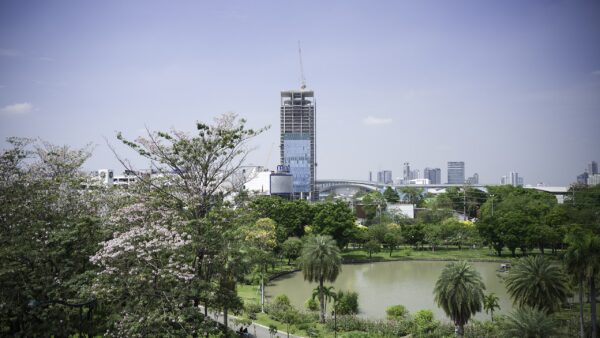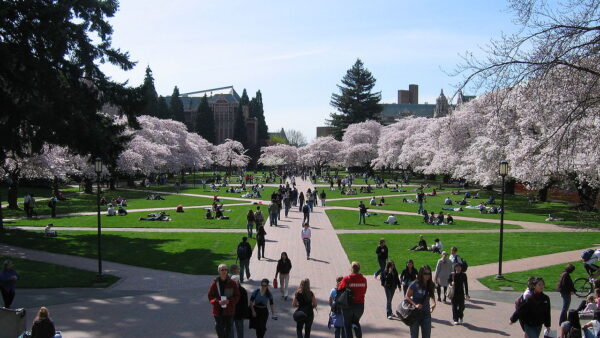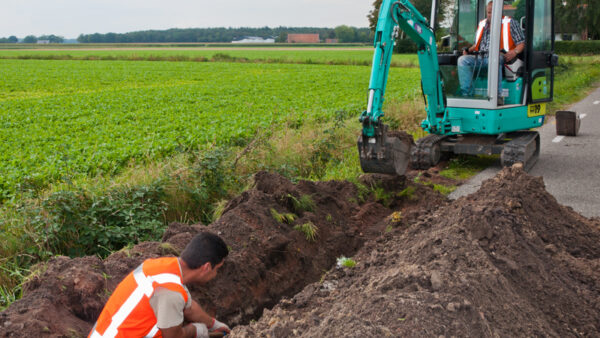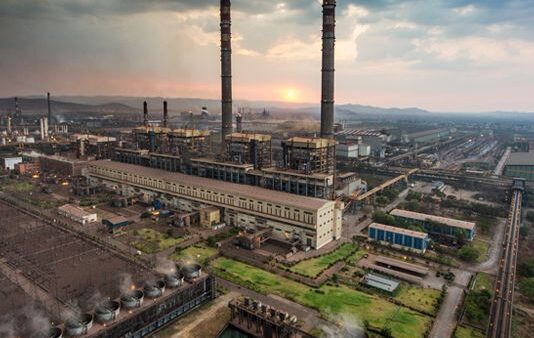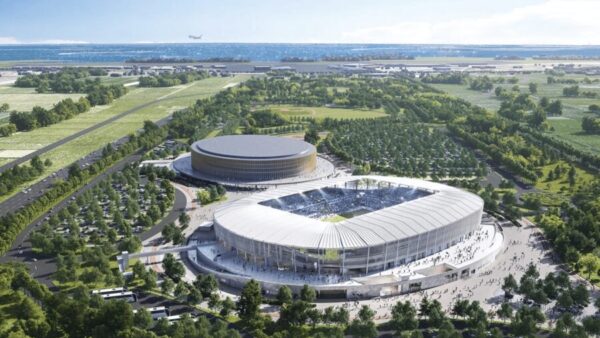China’s government has introduced planning guidelines that call on officials to reject applications to construct “bizarre” buildings in the People’s Republic.
As well as “unsuitable” architecture, the new advice is intended to reduce urban sprawl and increase the quality of urban design.
Bizarre architecture that is not economical, functional, aesthetically pleasing or environmentally friendly will be forbidden– China’s state council
The move is a response to a recent increase in unusual buildings. For example, there was one recent construction that resembled a mobile phone, two teapot-shaped structures and two pairs of trousers.
China also has at least 10 White Houses, three Arcs de Triomphe and an Eiffel Tower (pictured).
The government is hoping to locate these whimsical structures via satellite, after which they will be inspected and taken down in the next five years.
According to China’s state council: “Bizarre architecture that is not economical, functional, aesthetically pleasing or environmentally friendly will be forbidden, whereas construction techniques that generate less waste and use fewer resources, such as the use of prefabricated buildings, will be encouraged.”
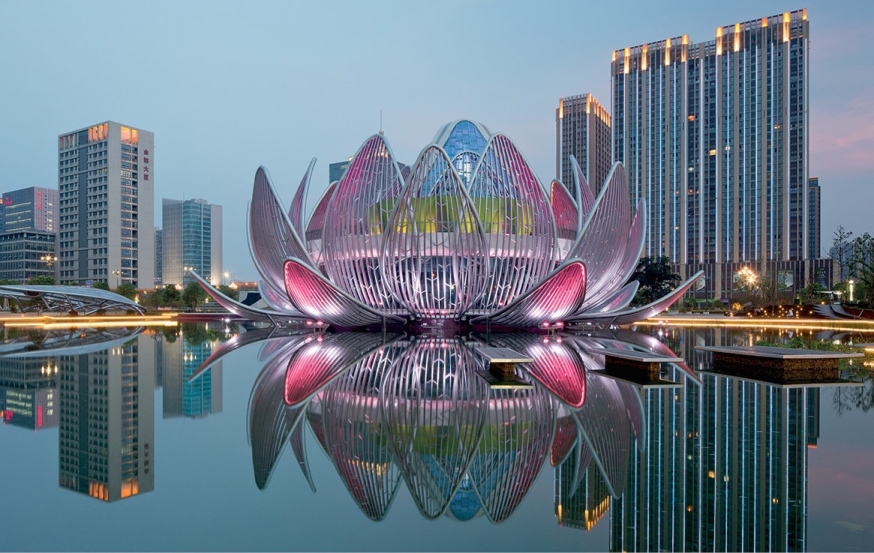
The Lotus building (Studio505)
In a decade’s time it’s estimated that 30% of new builds will be manufactured offsite.
The news comes two months after a conference was held to discuss how to make China’s cities more livable, green and efficient.
The last time China held a similar gathering was in 1978 when 18% of China’s population were city dwellers. That figure is now 56%.
China’s official Xinhua news agency commented: “Priority will be given to the protection of farmland, and land for construction use will be properly allocated.
“As part of efforts to provide low-income urban residents with affordable housing, China aims to complete renovation of rundown urban areas and dilapidated housing by 2020.
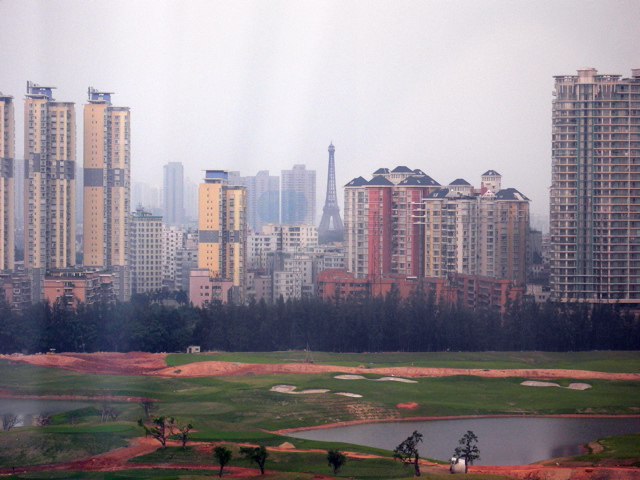
Shenzhen’s Eiffel Tower (Steve Jurvetson/Wikimedia Commons)
“China will also improve urban planning and construction of infrastructure, both underground and overground. Construction standards and project quality will be raised.”
It added: “By 2020, China aims to raise the penetration of public transport to 40% in megacities, 30% in big cities and 20% in medium and small cities.”
View a picture list of China’s most unusual buildings here and here.
Top image: The CCTV Building in Beijing (Frederic J. Brown/Getty Images)





